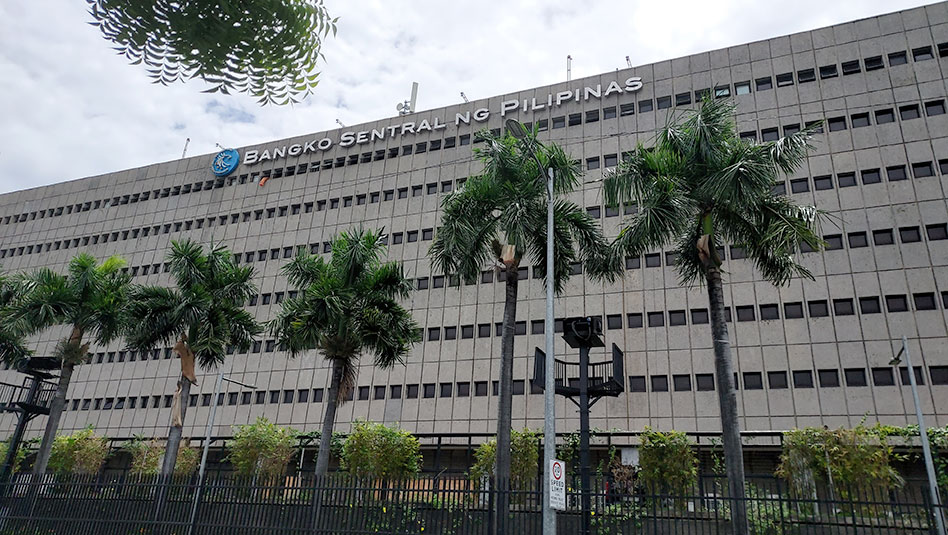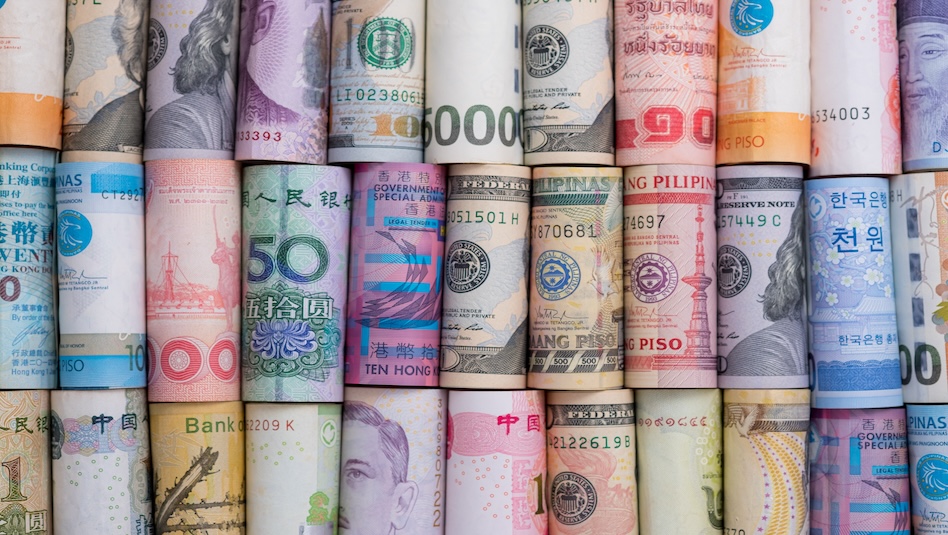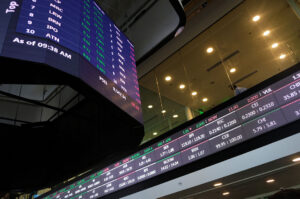The Bangko Sentral ng Pilipinas (BSP) may cut interest rates by 50 basis points (bps) this year, its top official said.
“Seventy-five basis points might be too much, maybe 50 bps. We need a bit of policy insurance,” BSP Governor Eli M. Remolona, Jr. told reporters on the sidelines of the BSP Media Information Session in Baguio City on Saturday.
Mr. Remolona said that this could be delivered in increments of 25 bps each in the first and second half of the year.
“I think that sounds about right, 25 bps (in the) first half, 25 bps (in the) second half. Not every meeting we’ll see a policy rate decline,” he added.
The central bank began its easing cycle in August last year, slashing borrowing costs by a total of 75 bps by end-2024.
The Monetary Board delivered three straight rate cuts, bringing the benchmark to 5.75%.
Mr. Remolona said “there is no need” for a 100 bps worth of reductions this year as the country is far from a “hard landing” scenario.
“Central banks around the world learned to do things gradually except when there is an impending hard landing. Hard landing usually means a cut of more than 25 bps. We don’t see a hard landing in the near future,” he said.
On Friday, Mr. Remolona said a rate cut is still on the table at the Monetary Board’s first policy review meeting this year on Feb. 13.
The BSP chief said a negative output gap could prompt further monetary easing.
“Right now, we have a kind of a negative output gap. We’re growing at a little bit below capacity and whether that (growth) number widens that gap, our capacity and how much we’re really growing.”
“If the gap is widening, if it becomes more negative, then it would call for more easing,” he added.
The Philippine’s gross domestic product (GDP) grew by 5.6% in 2024, falling short of the government’s 6-6.5% target.
In the fourth quarter, GDP growth expanded by a weaker-than-expected 5.2%, the slowest print since the 4.3% logged in the second quarter of 2023.
Meanwhile, Mr. Remolona said they are also monitoring the US Federal Reserve’s moves but do not see the need to necessarily fall in step with the US central bank.
“Of course, it affects what we will do because it affects what happens to the economy, what happens to inflation rates. In that respect, it affects what we do but we don’t copy them. We don’t just follow them.”
The Fed, in its January meeting, kept benchmark interest rates unchanged as widely expected, after easing a full basis point in 2024. This marks the first pause since the start of its easing cycle in September, Reuters reported.
RRR cut
Meanwhile, the BSP chief said the central bank is eyeing another cut in banks’ reserve requirement ratio (RRR) this year.
The Monetary Board is eyeing to reduce reserve requirements by 200 bps to 5% this year, he said.
“That’s the amount that we’re discussing, 200 bps. From 7% to 5% for the big banks,” Mr. Remolona said.
This may be delivered sometime in the middle of the year, he added, likely in June or July.
The central bank reduced the RRR for universal and commercial banks and nonbank financial institutions with quasi-banking functions by 250 bps to 7% from 9.5%, which took effect last October.
It also cut the RRR for digital banks by 200 bps to 4% and for thrift lenders by 100 bps to 1%. Rural and cooperative banks’ RRR was also slashed by 100 bps to 0%.
“In a way, the policy rate cut is a substitute for cutting the reserve requirements. They have similar effects on the economy… We want to bring it lower but the timing matters, because we are also cutting the policy rate,” Mr. Remolona said.
“The nice thing about the reserve requirement is it affects both the deposit rate and the lending rate. So, it should raise the deposit rate a little bit if you cut the reserve requirement while lowering the loan rates.”
The RRR is the portion of reserves that banks must hold onto to ensure they can meet liabilities in case of sudden withdrawals. When a bank is required to hold a lower reserve ratio, it has more funds to lend to borrowers.
From a high of 20% in 2018, the central bank has since brought down reserve requirements to single-digit levels. – Luisa Maria Jacinta C. Jocson, Reporter







 DOWNLOAD
DOWNLOAD














